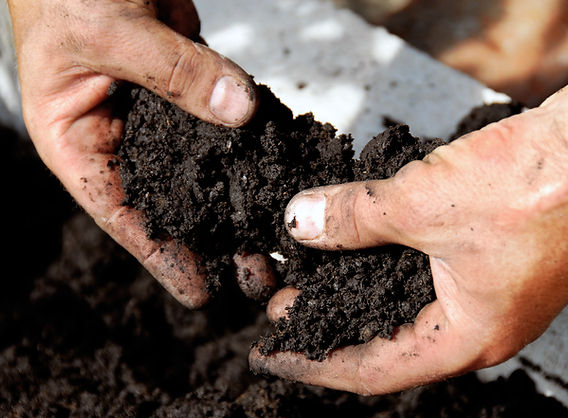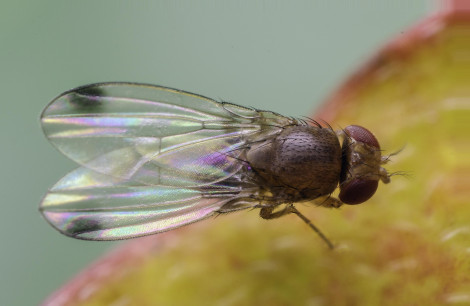1. Problem statement
Abiotic stress conditions, such as drought, frost/cold snap, extreme precipitation and temperatures, and nutrient deficiencies, significantly challenge plant metabolism and growth leading to productivity pressure. These stresses can lead to delayed harvests, reduced crop yields, poor fruit quality, and increased vulnerability to diseases, giving rise to economic losses. Understanding how plants, particularly their root systems, respond to these stresses is crucial for developing resilient agricultural practices.
2. Solution to make plants more resilient
Several strategies can be employed, including:
- developing specific crop varieties with improved stress tolerance through traditional cross breeding and modern genetic engineering techniques.
- improving soil structure and health through organic amendments, mulching and proper irrigation practices.
- the use of bio-enzymes to speed up nutrient cycling, addressing the missing link in modern agriculture, which are considered largely sterile due to synthetic chemical overuse.
3. Role of bio-enzymes in improving plant resilience
The use of nature derived bio-enzymes is not new, dating back to pre-industrialised era. These biomolecules play a crucial role in enhancing plant resilience to abiotic stress through bioconversion of macro and micronutrients in the soil, creating a constant supply of enriched cationic envelop around the root system in the region known as the rhizosphere. The rhizosphere is responsible for symbiosis in C3, C4 and CAM plants. Fungi and bacteria are part of this vibrant eco-system in a continuum.
By speeding up nutrient conversion cycle and metabolic curve, in plant glucose production and glucose exudation through the root system sustained host plants and soil equilibrium, similar to how the human gut comprised a balanced ecosystem of good and bad bacteria necessary to support gut health through regular pro-biotic intake. In green plants, improved plant metabolism manifest as higher plant vigour, during
- vegetative.
- flowering.
- fruiting.
- post-harvest.
- breaking dormancy in spring.
The key then lies in maintaining healthy equilibrium through regular supply of bio-enzymes, macro and micronutrients in small doses, at regular intervals, in sync with the metabolism of various C3, C4 and Cam plants under commercial cultivation.
Modern agriculture based on heavy synthetic chemical regimes tend to tip this delicate equilibrium in the soil, negatively influencing on the plant’s natural ability to build defence against abiotic stress. Fortunately, the incorporation of bio-enzymes and commensurate bio-fertiliser into any organic and conventional farming systems addresses this GAP in the whole of Agriculture.

4. Application in fruit trees
If we define plant health as a function of primary (growth) and secondary (defence) metabolisms, both sharing a common pool of cellular energy (CE), always in sync with the life cycle of each variety on planet earth, then the presence of abiotic stress will shift the CE budget, from growth kinetic model to one that is focused on defence mechanism.
Beyond the temperature range of 14 to 35 degree Celsius, stomata on underside of leaves will close, preventing photosynthesis in C3 plants. In C4 plants, cellular activity persists until all energy budget is utilised in secondary metabolism, forcing the plant to enter a remission state for protection.
This also explained under extended abiotic stress conditions, productivity is severely compromised in the absence of a constant pool of bio-enzymes, macro and micronutrients, to keep CE budget viable sustaining the life cycle of C3, C4 and CAM plants.
In just 3 months of substrate and foliar applications, the cell walls will thicken substantially (crop specific), manifesting as higher glucose content with visible modification to physiology and chlorophyll density, with everything being equal. This improvement also manifests as improved organoleptic taste and natural fragrance due to abundance of volatiles emitted by plants through secondary metabolism as indicator of overall plant health.
Increasingly, climate change is influencing harvest outcomes for orchards, from the Pacific Rim on extreme precipitation causing substantial harvest delay for berries, to cold snap in Canada that destroyed 70% of cherry harvest, and extreme heat in Italy that challenged cultivation viability, beyond irrigation sufficiency.
Being prepared can be as easy as diving into bio-enzymes that withstood the test of times. Are you already prepared for your next harvest through early planning?
Image: SL Fruit Service
Dr Jeff Lim
iBioStim from the Little Red Dot (Singapore)
Cherry Times - All rights reserved











